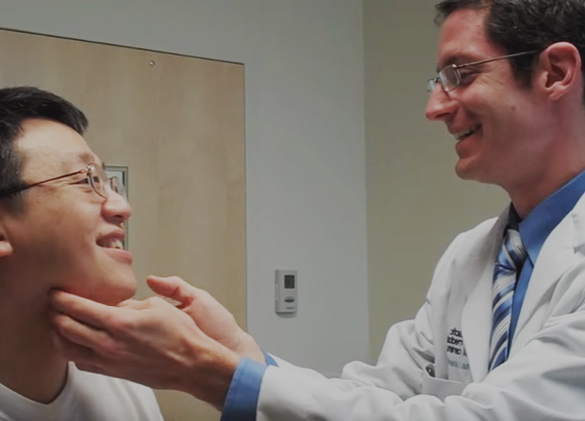As a follow to to our series of spotlights on features of our new sister site RhinoplastyinSeattle.com Dr. Lamperti discusses what the risks of rhinoplasty surgery involve.
In our last Rhinoplasty in Seattle spotlight we looked at some of the differences between the open and closed rhinoplasty surgical approaches. In the second part of this spotlight series today we're going to explore what the risks of rhinoplasty surgery involve.
Rhinoplasty risks can be broken down into three general categories. These include serious surgical risks (which are fortunately quite rare), cosmetic risks, and overall rhinoplasty side effects.
The main surgical complications include bleeding, infection, poor wound healing, and anesthesia reactions. Perioperative antibiotics (given right before surgery and continued using oral antibiotic tablets after surgery) help prevent surgical site infections. We also recommend avoiding blood thinners before and after surgery to help minimize bleeding after surgery. Anethesia reactions are extremely rare. To prevent such a reaction let your surgeon and anesthesiologist know if you have a family of poor reactions to anesthesia.
The major cosmetic risks include incomplete correction of the original problem that is being treated. Asymmetry is also possible. The main side effects to consider include numbness, reduced tip mobility, and contour irregularities.
To read a more in depth discussion of the Risks of Rhinoplasty head over to our Rhinoplasty in Seattle site here.


